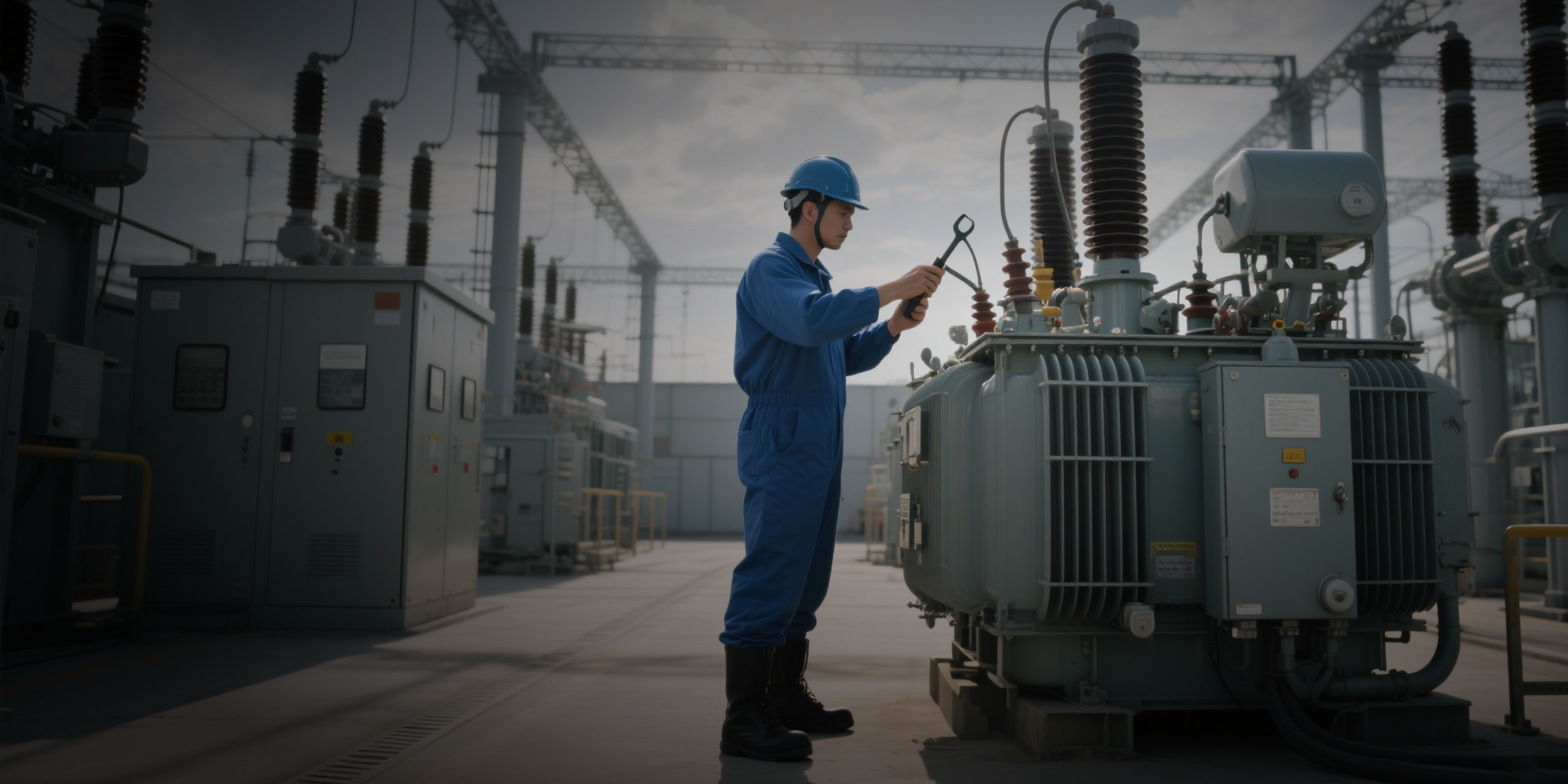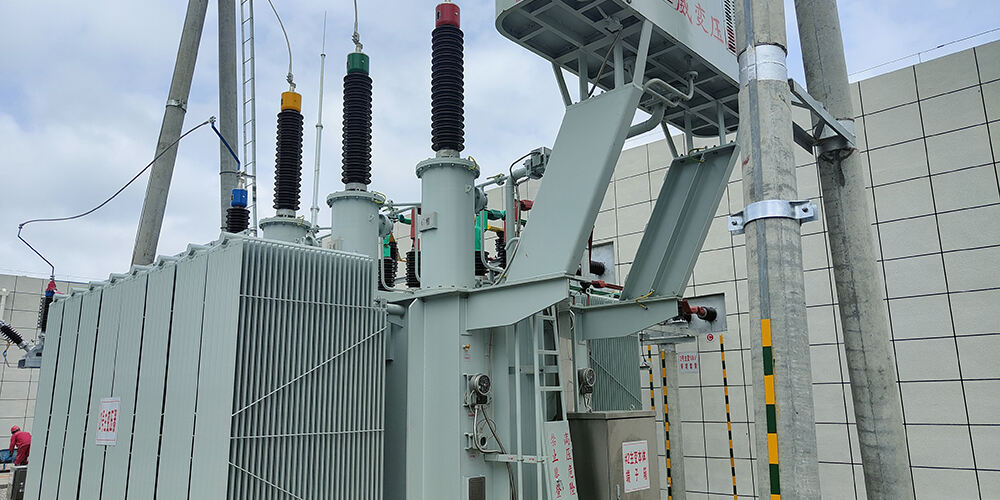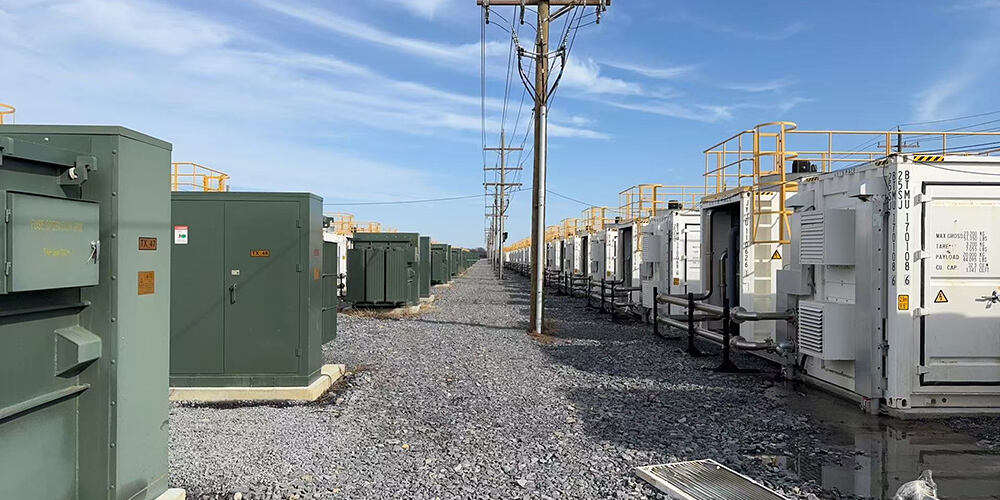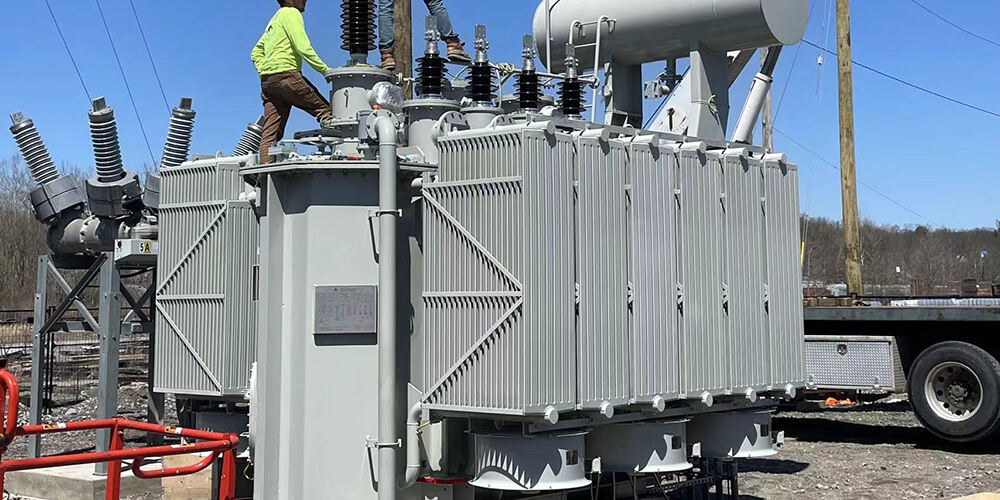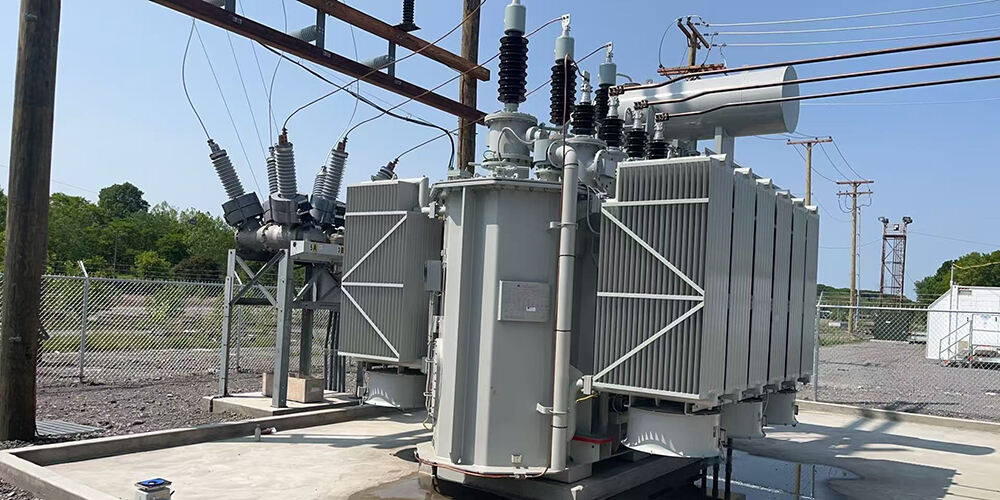When Chinese-made power transformers cross the Pacific Ocean and confront the challenges of Canada's vast territory and extreme climate, outstanding after-sales service is not only a guarantee but also the cornerstone for winning the broad North American market. Jiangsu Yawei Transformer Co., Ltd. is deeply rooted in the Canadian market. We not only offer power transformer products that meet strict local standards, but also have established a resilient after-sales service system that covers the entire region, is adaptable to extreme cold, and responds quickly, ensuring that your power grid remains as solid as a rock in the icy snowfields and sweltering heat.
The requirements for power equipment in the Canadian market integrate North American standards, adaptability to extreme environments, and differences in regulations among various provinces. Yawei has profound practices in this regard.
Extreme cold tolerance: The core challenge! It must be capable of reliable start-up and operation at ultra-low temperatures ranging from -40°C to -50°C (CSA C88 requires low-temperature start-up tests). It involves key designs such as the fluidity of insulating oil (low-temperature pour point), material embrittlement (steel, seals), and load capacity at low temperatures.
Temperature fluctuations and thermal cycling: It needs to withstand drastic seasonal temperature differences (such as in grassland provinces) and diurnal temperature differences, testing the sealing performance, thermal expansion and contraction design, and the durability of insulation materials.
Moisture-proof and anti-fouling: In coastal areas (British Columbia, Atlantic provinces) with high humidity and salt spray environments, as well as inland sandstorm areas (grassland provinces), higher protection levels (IP codes), special coatings and sealing technologies are required.
Extreme cold tolerance: The core challenge! It must be capable of reliable start-up and operation at ultra-low temperatures ranging from -40°C to -50°C (CSA C88 requires low-temperature start-up tests). It involves key designs such as the fluidity of insulating oil (low-temperature pour point), material embrittlement (steel, seals), and load capacity at low temperatures.
Temperature fluctuations and thermal cycling: It needs to withstand drastic seasonal temperature differences (such as in grassland provinces) and diurnal temperature differences, testing the sealing performance, thermal expansion and contraction design, and the durability of insulation materials.
Moisture-proof and anti-fouling: In coastal areas (British Columbia, Atlantic provinces) with high humidity and salt spray environments, as well as inland sandstorm areas (grassland provinces), higher protection levels (IP codes), special coatings and sealing technologies are required.
Long-distance and sparse power grids: In remote areas where power grids are weak, transformers need to have stronger short-circuit resistance capabilities (IEC/IEEE standards), overvoltage tolerance capabilities (lightning, operational overvoltage), and voltage regulation capabilities.
Long service life and low maintenance: The customer expects a service life of 25-35 years or more. Design margin, material selection (such as corrosion resistance), and sealing reliability (reducing maintenance requirements) are of crucial importance.
Fire safety: For indoor installations (such as in mines and buildings), strict fire protection requirements (such as UL/ULC certification) must be met, and there is a high demand for insulating oil (K-class high flash point oil, natural ester oil) or dry-type transformers.
PCB Free: PCB contamination is strictly prohibited. Material declarations and test reports must be provided.
Environmental friendliness of insulating oil: Mineral oil must comply with standards; High flash point synthetic oils (silicone oil, ester oil) and natural ester oils (BIOTEMP®, etc.) are more favored for their safety and environmental friendliness, especially indoors and in sensitive areas.
Waste treatment: It must comply with the regulations on hazardous waste treatment of each province.
Yawei After-sales Service: A "Global Resilience" guarantee system tailored for Canada.
Facing Canada's vast territory, extreme climate and complex standards, Yawei's after-sales service is centered on rapid response, localized reserves and preventive maintenance, building a resilient network.
Core hub warehouse: Strategic spare parts warehouses are established in the eastern and western parts of Canada (such as Ontario, Alberta /BC) to store key components (bushings, tap changers, controllers, seals, and special oils).
Authorized Service Partner Alliance: Establish in-depth cooperation with experienced power service companies in various provinces of Canada, especially in remote areas, to form a nationwide service coverage network.
Localized technical team: Equipped with technical engineers who are proficient in English/French, hold Canadian electrician certifications (such as Red Seal), and are familiar with CSA/IEEE standards and provincial requirements.
Winter Response Protocol: Develop special SLAs for snowstorms and extremely cold weather to ensure that resources (such as snowmobiles and helicopter support) can be quickly allocated and anti-freezing guidance and technical support can be provided even under extreme conditions.
Low-temperature dedicated spare parts: Reserve ultra-low-temperature resistant sealing parts, special low-temperature insulating oil, low-temperature starting auxiliary devices, etc.
Winter preventive maintenance package: In autumn, focus on checking the heating system, oil level, sealing performance, and controller anti-freezing protection to ensure the transformer "gets warm through the winter".
Risk-based Maintenance Plan (RBM) : Customize differentiated maintenance cycles and contents based on equipment type, installation environment (coastal, extremely cold, industrial area), and operating load (far exceeding the basic annual inspection).
DGA oil chromatographic analysis: Core monitoring method, regular sampling analysis, and prediction of internal faults.
Infrared thermal imaging: Detects overheating at connection points and abnormalities in the cooling system.
Partial discharge detection: Evaluate the insulation condition.
Vibration/noise analysis: Monitor the status of the core and windings.
Remote monitoring and diagnosis (optional) : We offer IoT solutions to monitor load, oil temperature, oil level, gas content, etc. in real time. The Yawei Expert Center provides early warning and analysis reports.
7x24 bilingual technical support hotline: Professional fault diagnosis and emergency operation guidance are provided 24/7.
Key facilities (hospitals, data centers) : 2-hour phone response, 24-hour on-site arrival.
Main power transmission and distribution network: 4-hour response, on-site arrival within 48 hours.
General facilities: Clearly commit to response and arrival times.
Mobile emergency workshop: Equipped with professional vehicles, tools and common spare parts, it enhances on-site repair capabilities and shortens power outage time.

